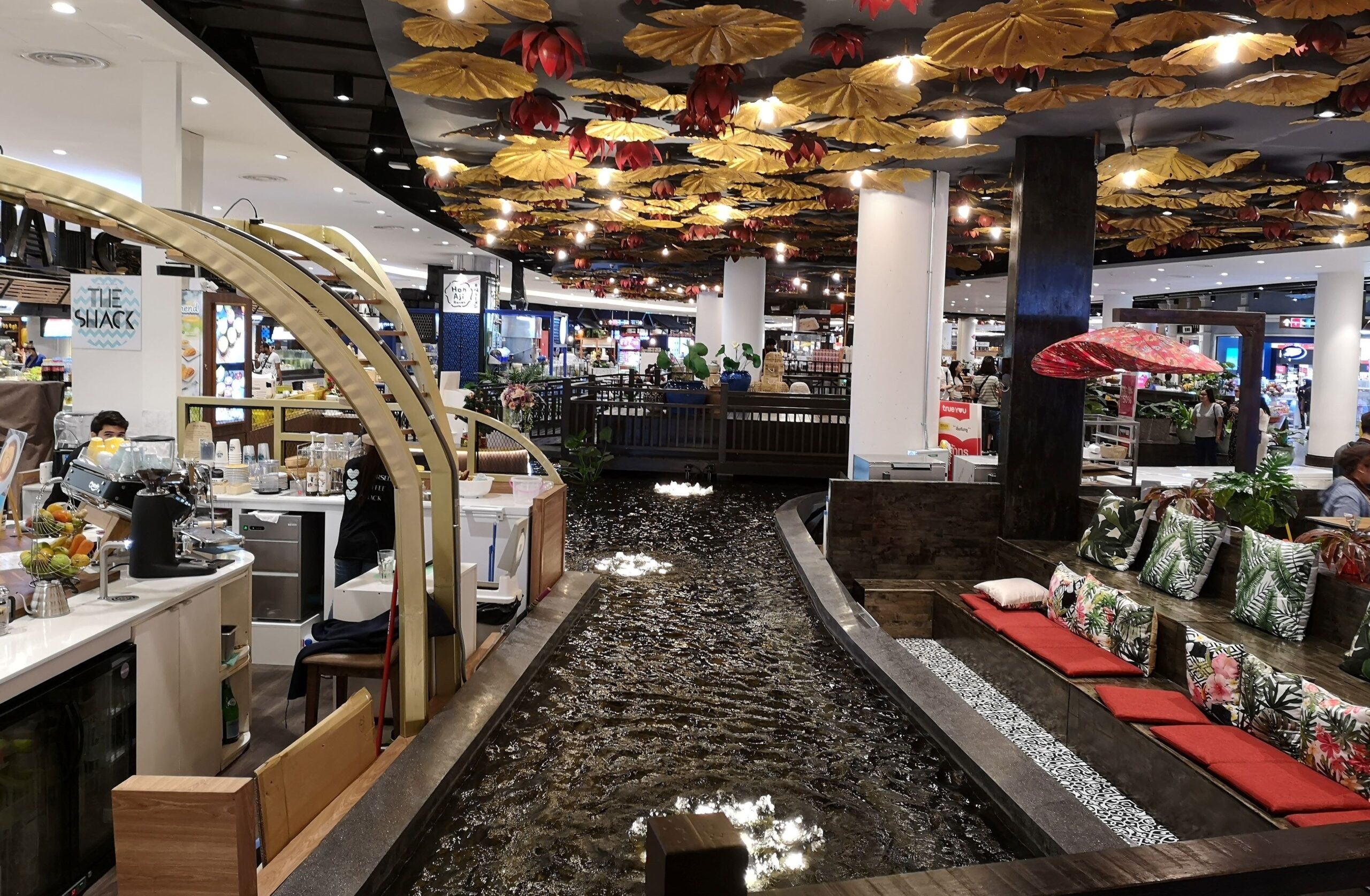Direct experience within the specific market, specific category, and within the last few months can provide an agency or brand the merit to be able to take on the challenge, writes Ryan Molloy.
Localization across Asia is a constantly moving target, wherein brands will need to repeatedly adjust their approach, vision, or strategy every three months. Brands in Vietnam, Thailand and China will update their brand plans on a quarterly basis, never holding to a single slogan and constantly updating their voice and image to fit with the current trends.
Asia is dominated by word-of-mouth cultures where consumers will only introduce brands and products to their family, friends, and associates if the products can add value or are “unique” compared to other offerings seen in supermarkets. If the brand is not able to offer these elements, then it needs to localise in a way that either:
- Establishes the brand as more premium.
- Fulfils an emotional need of the consumers that other brands have failed to.
Brands need to be malleable
Brands need to be able to always retain their company DNA and ensure consistency, while still relaxing global guidelines to an extent that allows for ‘test and learn’ strategies that can be adapted and optimized. Asian brands tend to be much bolder and more dynamic in their brand identity. However, brand appearances and voices are ever-changing to fit with the current trends and consumer behaviours.
Brands also need to be aware of the vast amount of content that is required across Asian markets (in particular China). Localising a brand cannot be a rigid process as it needs to extend to any content produced and campaigns developed for a specific market, including videos, text, images, connotations, and other content formats as well.
With that said, instead of focusing on who they are, brands should focus on doing something unique. Asian consumers are impressed by novelty and will pay more attention to ingenious brand developments rather than on-brand developments.
Brands should strive to be understanding, but never patronizing or culturally insensitive.
In November 2018, Dolce & Gabbana was involved in a debacle in China after releasing a series of controversial and culturally tone-deaf ads. The condemnation that D&B faced was widespread and immediate, leading to a heavily stained reputation that is still haunting the brand four years later. Even today, Chinese celebrities seen wearing D&B will still receive a deluge of negative comments from Chinese consumers.
The entire scandal points to the consistent theme of a lack of understanding between HQ and regional offices. HQ pushes the brand into trying too hard without listening to regional voices, causing the brand to become culturally insensitive or to stereotype consumers. Brands need to take into account local market traditions and customs by considering the input and suggestions of local teams, while still remembering that we are in the age of the global consumer.
Brands should be adventurous in their localization but not lose sight of their home DNA.
Although localization is essential to connecting with local customers, both under-localisation and over-localization present their own issues.
Brands that choose to change too much when entering a new market will run the risk of rendering themselves unrecognisable, becoming a new brand fighting in a new market with no ties to the initial roots. When global brands enter Asia, under-localisation or localising through top-down branding and translation of corporate sayings may lead to a lack of authenticity. Customers can see through brands that are not showing real effort in understanding traditions and cultures. If brands lack authenticity, then nobody will buy into them.
It is important that brands ensure they are speaking with people, not speaking at them.
Why do brands need to localize in Asia? To find a purpose, stay human-centric, and be approachable.
Article by RedFern Digital’s Ryan Molloy. RedFern Digital is an award-winning independent brand management agency that develops, manages, and distributes brands across Asia. It is responsible for the strategic direction, growth, and performance of some of the largest and most successful brands across a dynamic range of categories in the market, covering Research, Branding, Strategy, Social Media marketing, E-commerce & Technical Integration.
Link to the full magazine here: https://redferndigital.cn/worth-the-read/#the-red-edition-issue-8




